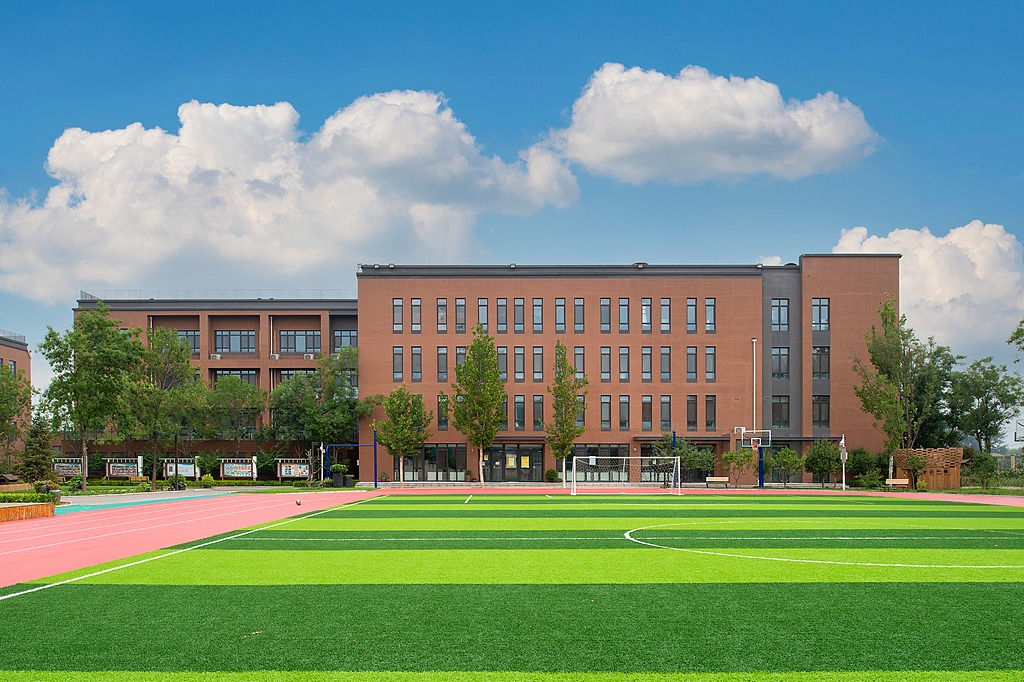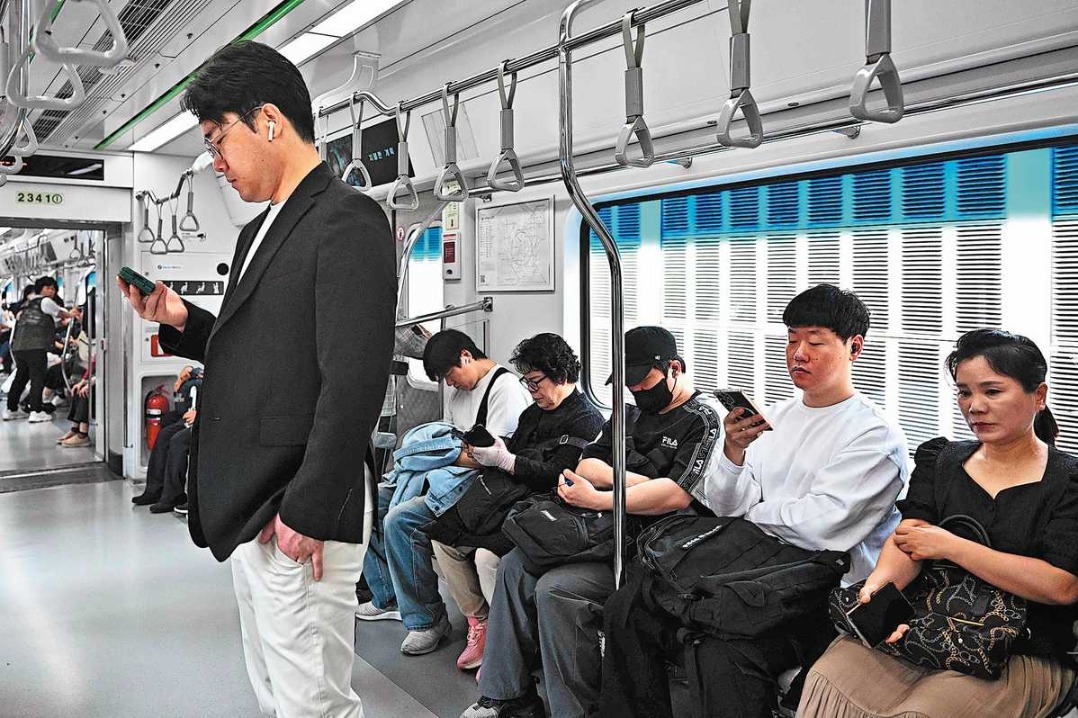AVs show promise, also pose questions


Police in the United States city of San Francisco were bemused recently after stopping a car on the street and finding no driver inside.
Viral footage of the incident showed a driverless car, fully autonomous and only of interest to the officers because of its lack of displayed headlights.
To the humorous delight of onlookers filming, the police were left looking sheepish as they struggled to find a human to take responsibility for the apparent traffic violation. No harm was done in this situation; however, first-responders now increasingly need to be trained to deal with autonomous vehicles, or AVs, on the roads; and they are not the only ones who need to learn more.
Big changes are yet to come for every road user on our streets, as AV technology continues to edge toward the mainstream.
Self-driving cars promise many positive changes to our roads. The phenomenon of so-called phantom traffic jams, or stop and go traffic as it is otherwise called, are inefficient for road fl ow and can lead to dangerous situations for road users. Self-driving cars, allegedly, will be able to reduce congestion and improve flow by guiding human-controlled vehicles in traffic. Drivers must maintain a consistent speed and distance between each other to avoid issues, however, humans have a natural tendency to speed up toward the car in front of them.
When automated vehicles keep a constant distance between themselves and human drivers, blockages can be reduced significantly. It is estimated that once autonomous vehicles reach 5 to 10 percent of all cars on the road, subtle changes made by the AI driving programs will be able to manage localized traffic efficiently.
However, despite promising simulation models, challenges remain. Managing self-driving cars on the road could be tricky in emergency situations. As of yet, there is little data to instruct first-responders reliably on how they should disable or move self-driving cars involved in accidental crashes or that have been abandoned.
Override systems that can route communication back to the car company's HQ and to a human operator often work well in practice; however whether the same could be reliably said if the car catches fire or suffers a major collision remains to be seen. The jury is also still out on whether they will be able to function in situations such as forest fires, which is a common occurrence in the AV research-heavy state of California, where smoke and high temperatures could obstruct automated sensors.
Despite looking almost identical to our current cars, self-driving vehicles are a completely different beast and as time goes on, our general knowledge of how to deal with them will improve.
Many first-responder courses already teach officers to identify autonomous models by sight, as well as disabling tactics for when things go wrong.
For example, some AV models will not drive if a door is kept open, which should be done while the power source is still being disconnected.
Other models may not drive if an airbag is deployed, giving emergency workers time to neutralize a potentially hazardous situation before it develops.
Likewise, manufacturers are constantly improving safeguarding measures, such as training the AI to recognize police sirens and to pull up at the side when the car hears a certain frequency.
The increasing prevalence of cars with automated systems on our roads means that more and more of us will become affected by these developments. This is creating urgency for both road users and first responders to understand this rapidly developing technology in order to keep our communities safe.
Barry He is a London-based columnist for China Daily.































